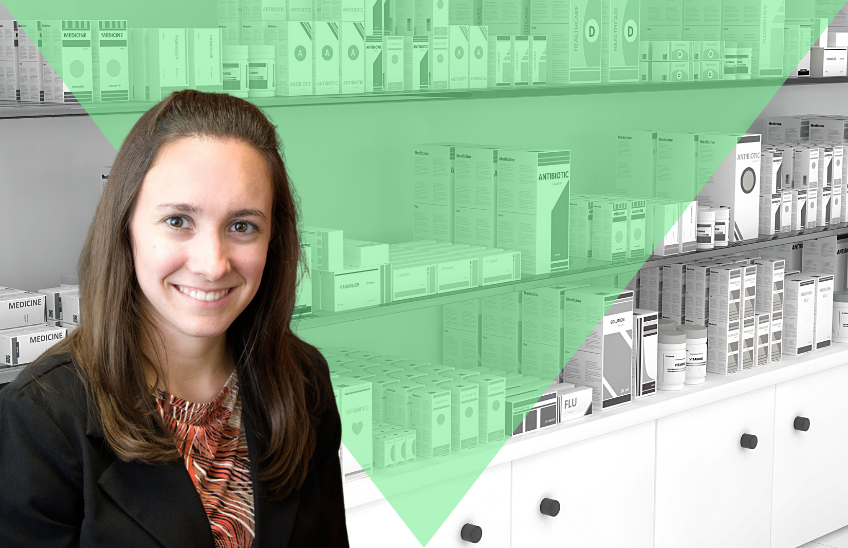
There are so many different types of careers within the field of pharmacy—from research and drug development to pharmacy informatics! To highlight some of the more unique career settings in the industry, we’re introducing a new page on our website—Novel Pharmacy Practice Settings—where you can explore these unique career pathways.
In addition to learning more about unique pathways on our new webpage, we’ll also be featuring pharmacists who work in these unique settings on our blog. Today we’re excited to spotlight Suzanne Surowiec, PharmD, BCACP!
Dr. Surowiec is an Assistant Professor of Pharmacy Practice at The University of Findlay and a clinical ambulatory care pharmacist at a private practice. The following is a look into how Suzanne got into ambulatory care and her path there.
Please describe your novel practice setting. What makes your career path unique?
I work as a clinical ambulatory care pharmacist at a private practice in Northwest Ohio. In this role, I see patients for a variety of disease states and medication management (i.e., warfarin management, antiarrhythmic medication monitoring, heart failure, medication reviews, etc.). I also work with physicians under collaborative practice agreements.
My practice setting is unique because I do not actually dispense any medications or approve any prescription orders. Instead, I work one-on-one with patients to improve their care.
What led you to this career path? What steps did you take?
I completed a few advanced pharmacy practice experience (APPE) rotations in ambulatory care clinics and fell in love! I also completed a postgraduate year one (PGY1) pharmacy practice residency primarily focused on ambulatory care and academia. These experiences led me to my career today!
What does a typical workday look like for you?
At the clinic, I primarily see a new patient every 15 minutes. My practice setting is fast-paced, and I see a large volume of patients each day.
In addition to seeing my patients in person for medication management and monitoring, I also have patients that I call throughout the day. These patients test their international normalized ratios (INR) at home.
I also speak with nurses daily at nursing homes and home health agencies, answer drug information questions from patients or physicians, and precept pharmacy students.
Describe the most exciting or rewarding aspect of your novel practice role.
The most rewarding aspect of my career is when patients thank me for my help and expertise. In these moments, I truly feel that I am making a difference in my patients’ lives.
Describe the most challenging aspect of your role.
The most challenging aspect of my role is that I have limited time to spend with each patient (approximately 15 minutes per patient) due to the high volume of patients I see each day. This means addressing the most pressing issues and sometimes requiring a follow-up call or visit to address other complaints.
What advice would you give to a current student pharmacist who is interested in pursuing a similar type of practice role in the future?
I would recommend that students interested in a career similar to mine should shadow and/or complete introductory pharmacy practice experience (IPPE) hours in an ambulatory care setting. I’d also advise them to complete at least one year of residency training, as most of these positions require a PGY1 or PGY2.
Share a brief story about a time you had a positive impact on a patient, population, or community in your role as a pharmacist.
As a new pharmacist early in my residency training, I was seeing a patient for warfarin management. The patient’s INR was in range. However, I took his BP and pulse and noted that his pulse was tachycardic and irregular.
He was very adamant about leaving—his wife was waiting in the car—but I insisted he wait to see the cardiologist in my building. I went out to the car to get his wife, and soon after, his EKG showed he was in atrial fibrillation. He was cardioverted a few days later.
After that encounter, the patient thanked me for being insistent that he not leave that day. We now have a great relationship, and I still see him very routinely six years later!

